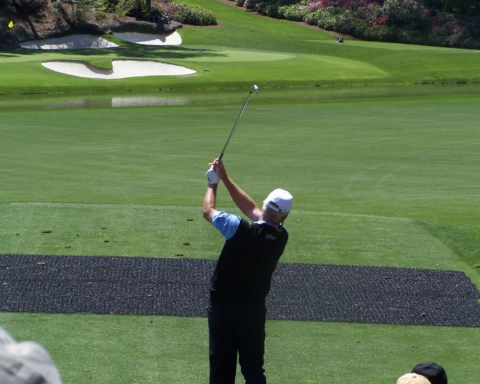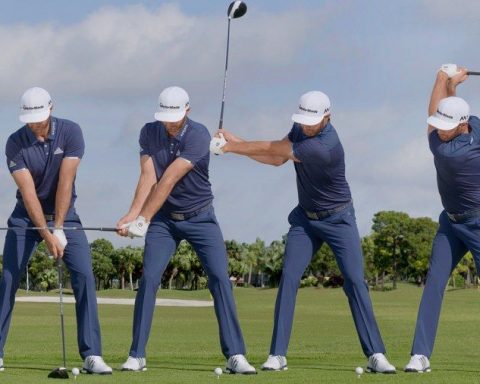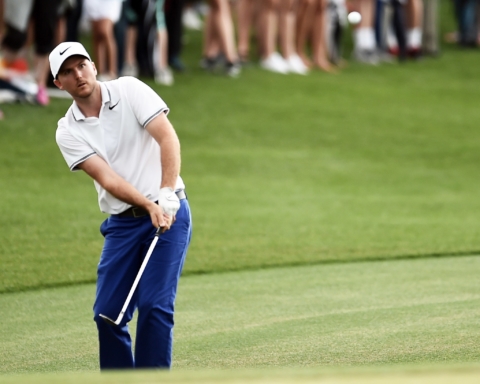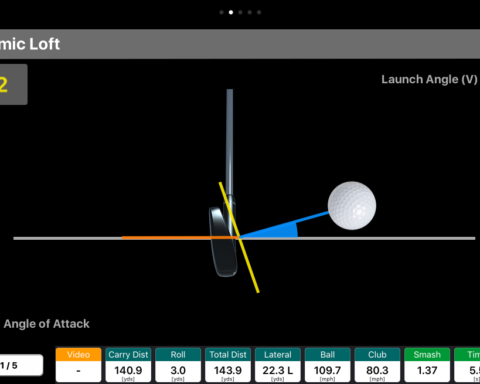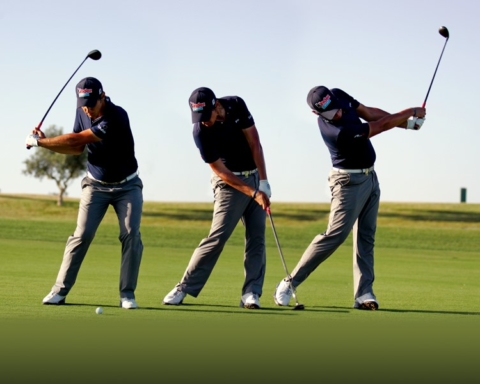For most of us when we start to play golf swinging hard is really fun. What we start to realize as we get better that swinging hard is not always the most efficient way to play golf. We also learn that swinging hard does not equal club head speed. Swinging really hard is fun but not something you should try too often as you become a better player.
With that understanding we all still try to swing as hard a we can with the following caveats;
- No excessive tension in our arms, neck and shoulders
- Stay in balance
- Start the downswing with the left hip going laterally
- Don’t start the downswing with the arms or shoulders turning
- Don’t go faster than your coordination level that day
- Keep our posture during the swing
With those conditions you can try to swing as hard as you want. What you will find is that if you swing at about 80% that may be your new 100%.
The other part of how hard we should swing changes just about every time we play a round. Each time we play golf we are coming from different environmental condition. Sometimes we are arguing with our better half, having a tough week at work, frustrated with our game or maybe everything is going great. The important part is to take a self inventory of where you are at and what your coordination level is at. 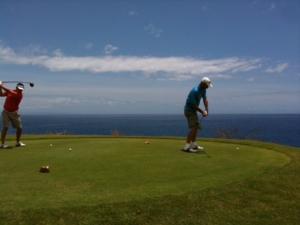
If you are frustrated and your just not very coordinated start the round of at about 60% until your mood and coordination gets better. As you go through the round of golf you may need to speed up or slow down depending on your mental and physical condition. You may start hitting bad shots and learn that you are better with the full swing at 85% or maybe better taking 3/4 swings at 50%. This is all part of managing your game. The best players don’t necessarily hit the ball that much better but they normally manage their body and minds significantly better than the average player.
Don’t show up to the golf course and expect that your mind and body will be operating at full capacity. Take inventory and see where you are and manage how you can get the most out of yourself during the round.
Use the range to find out your speed and tempo and then monitor yourself during the round to see what your most effective speed is during the round.
Jim Hartnett, PGA



